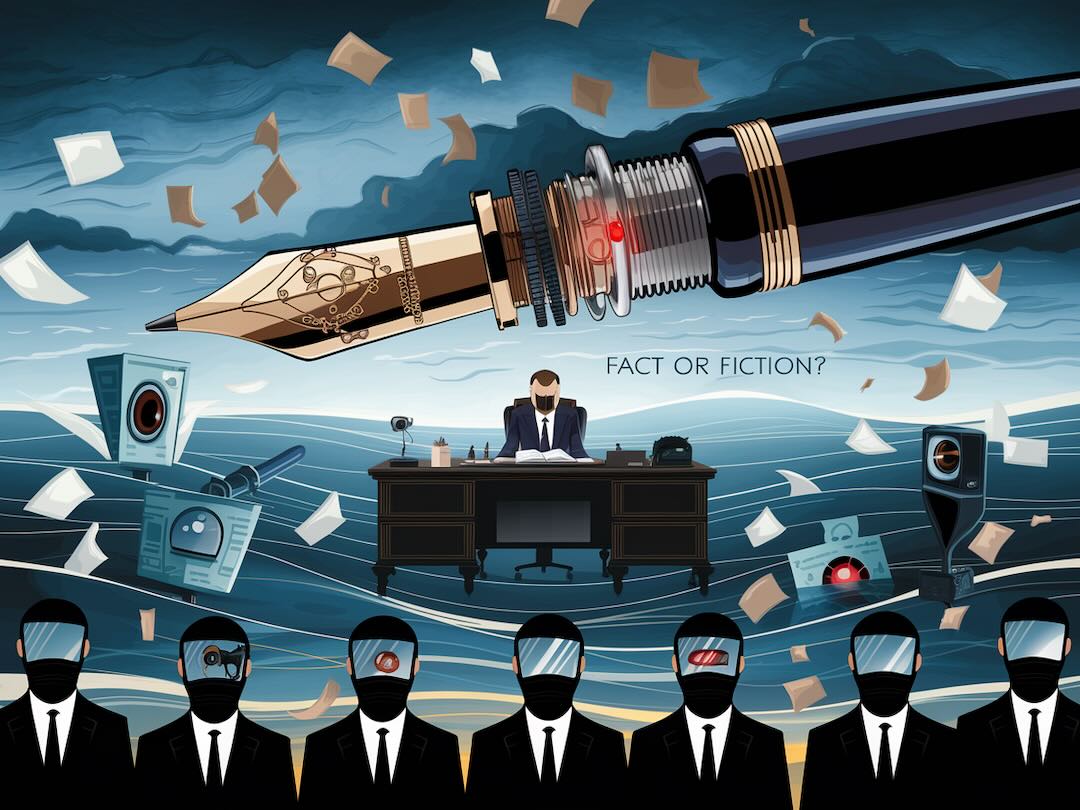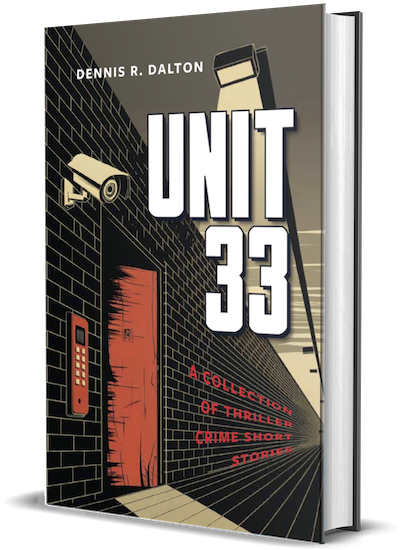
Fact or Fiction? The Real Spy Gadgets Hiding in Plain Sight
In a world filled with superheroes and villains wielding high-tech gadgets, laser beams, and flying cars, it’s tempting to imagine what life would be like if these devices were real. Many assume these ideas belong purely to fiction, offering nothing more than entertainment. I used to be one of those people—until reality proved otherwise.
A Suspicious Beginning
When I joined a global bank in 1985, I had strong reason to suspect that my office had been bugged before I even arrived. I alerted my boss, and we agreed it was wise to conduct a thorough sweep of my office and those of several key executives for listening and recording devices.
This wasn’t paranoia. Given the bank’s recent corporate history, some welcomed me as the new sheriff in town, while others—justifiably—feared retribution for past indiscretions.
I called in a few former CIA colleagues who specialized in clandestine operations, and within days, our suspicions were confirmed. Several “bugs” were discovered, all tracing back to one of my own investigators. Appropriate action was taken, but before leaving, one of my friends handed me a gift—an elegant pen set.
At first glance, it appeared to be an ordinary Montblanc-style pen. But hidden inside was an electronic device that activated a small red LED whenever someone entering my office was wired to record our conversation. Even more impressively, it scrambled our conversation into unintelligible noise. The person recording had no idea what had happened until they played it back and realized all they had captured was static.
That was my introduction to an entirely different world.
Fiction Meets Reality
Recently, my wife and I were watching an episode of Matlock in which a team of lawyers discreetly recorded conversations using a modified Montblanc pen—eerily similar to the one I had decades ago. It made me wonder: what other “fictional” spy gadgets actually exist?
1. Can the Webb Telescope See Us?
While the James Webb Space Telescope can capture images of celestial bodies billions of light-years away, it doesn’t work the way many assume. Unlike traditional cameras, Webb uses infrared technology designed for deep-space observation. It cannot take conventional photos or spy on people back on Earth.
2. Are There Devices That Let You See Around Corners?
Absolutely. The military and law enforcement have been using such devices for years. The earliest known example, the omniscope, was invented in 1854 and later evolved into the periscope—a simple yet highly effective tool for seeing around corners. Modern variations use advanced optics and digital processing.
3. Can Technology See Through Walls?
Superman’s x-ray vision remains a fantasy, but modern imaging technology can indeed “see through walls.” Devices like ultra-wideband radar and millimeter wave scanners—such as the Xaver 1000—can detect movement and objects behind solid surfaces, often from distances of up to 100 meters.
4. Can a Sniper Rifle Shoot Over Two Miles?
While standard sniper rifles are effective at distances of over a mile, breaking the two-mile mark requires specialized equipment. The longest confirmed sniper kill in history was made at a distance exceeding two miles using a custom-built rifle.
5. Is Arsenic an Instant Killer in Mysteries?
Classic murder mysteries often depict arsenic as an instant death sentence, but in reality, its effects take one to four days. And no, the human body cannot develop true immunity to arsenic—only a tolerance that can still lead to severe health consequences over time. Agatha Christie, with her background in chemistry, got it right where many others got it wrong.
6. Can Any Modern Computer Hack Your Encrypted Data?
Yes—given enough time and resources. While strong encryption provides protection, advanced hacking methods, including quantum computing, could potentially crack even the most secure systems. No system is truly invulnerable.
7. Can a Sports Car Outrun the Police?
On paper, some high-end sports cars can outrun police vehicles. However, in reality, factors such as driver skill, road conditions, and police tactics make high-speed escapes nearly impossible. Helicopters, spike strips, and coordinated efforts ensure that speed alone won’t guarantee an escape.
8. Where in the World Is There No Wi-Fi?
You don’t have to venture far to find a Wi-Fi dead zone. Thick concrete basements, underground bunkers, and elevators often lack connectivity unless specifically outfitted with signal boosters.
The Blurred Line Between Fact and Fiction
Many of the “spy gadgets” we see in movies and TV shows have real-world counterparts, often in forms more practical and refined than their fictional versions. Whether in surveillance, military applications, or everyday technology, the boundaries between science fiction and reality continue to blur. The question isn’t just what’s possible—it’s what’s already in use.


